Becoming the Cause
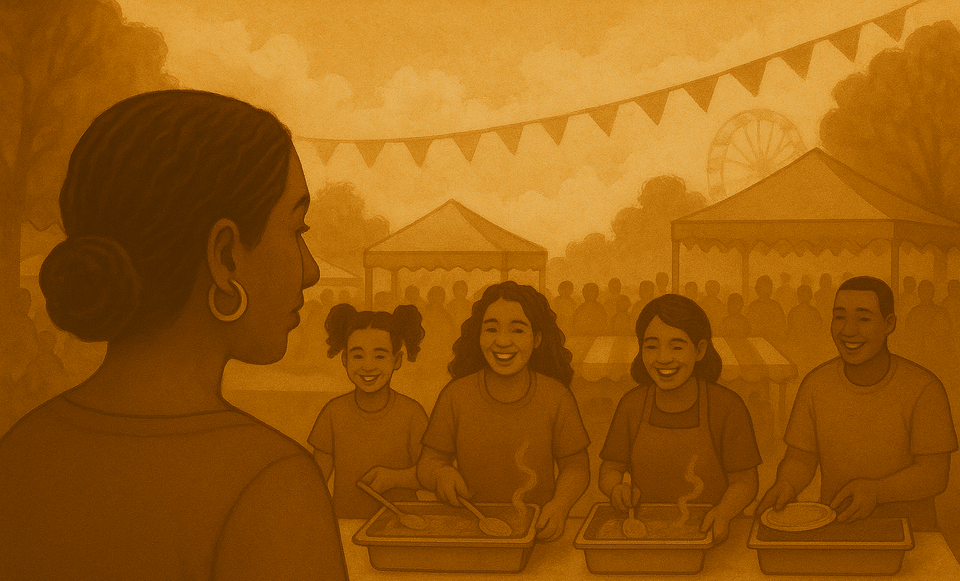
I didn’t grow up calling it “philanthropy.”
What I knew was the fish fry in the church parking lot. The folding tables covered in foil pans. The smell of fried catfish and cornbread clinging to my clothes. I knew the feeling of hot plates passed hand to hand—not for profit, but for purpose. I was the little one rolling up napkins and stuffing utensils, then old enough to pass out flyers, then licensed and behind the wheel delivering orders across the neighborhood.
We didn’t have endowments. We had candy sales, tag days, and chicken dinners with all the sides. That was our fundraising strategy. That was our grant cycle. It wasn’t called “mutual aid” back then, but that’s what it was. Giving because you could. Showing up because someone needed you. It was unpolished and sacred, built on trust and tradition, not Zoom rooms, PowerPoints or panelists.
So no, I didn’t grow up dreaming about development departments or executive roles in nonprofits. But I did grow up knowing what it looked like to serve your people.
Years later, when I stumbled into the world of professional fundraising, I didn’t fully understand what I was walking into. It was 2003, and I landed a job at a government agency in their development department. I barely knew what a development department was. But I had administrative skills, I was organized, and I could make things happen. That was enough to get in the door.
That year, there was a major national event planned, except it wasn’t going to be major. The president was running for re-election and wouldn’t be attending. Which meant the funding vanished. The team was gutted. The plans were scaled back. And somehow, I found myself, along with two other interns, raising our hands to save what was left.
We didn’t have a marketing budget. But we had our hustle. We stuffed tens of thousands of flyers. Rolled thousands of posters. Mailed them to schools, libraries, churches, and universities. Leveraged every ounce of goodwill we could find, including public radio and community calendars.
We didn’t stop to think if it would work—we just kept moving.
And then the day came. I stood on the National Mall and saw what we’d built with nothing but grit, creativity, and calloused hands. The kids showed up. The cartoon characters showed up. The dignitaries and community leaders showed up. The people showed up.
I remember thinking: I don’t know what this career is, but I want this. I want my work to matter. I want it to touch people. I want it to reach communities, not just audiences. I want to help.
That was the beginning. Before the nonprofit industrial complex. Before the funders, the panels, the policies, and the politics. Before the mask. Before the exhaustion.
Back when the cause still felt like ours.
But the thing about proximity is that it changes you. Little by little, I stopped being someone who served the cause and started becoming the cause. My lived experience became a marketing asset. My story became a strategic talking point. My presence in the room checked a box and told a funder their money was invested with a “diverse” organization. At first, I welcomed it. I was honored to be seen. I wanted to open doors for others. I wanted to bring more people in. I didn’t realize I was already swallowed.
With every promotion came more distance from the folding tables and foil pans. I spent less time passing out plates and more time writing fundraising proposals and reports. I got better at making the case, but worse at recognizing when the case was being made on my back. I was speaking truth to power, but more and more I was asked to polish that truth into something fundable. Palatable. Measurable.
Still, I stayed. Because what else do you do when you’ve been called to help? I told myself it was evolution. I told myself it was access. I told myself I was helping shape the system from the inside. And maybe, for a time, I was. But I didn’t notice how the system was shaping me too.
I began to speak in proposals. I learned to smile through dismissiveness. I mastered the art of grateful exhaustion. I built decks and deliverables and beautiful reports while my own health frayed behind the scenes. I told funders what they wanted to hear. I told colleagues what they needed to believe. I told myself I was fine.
But every now and then, I’d remember that girl at the fish fry. Rolling napkins. Delivering plates. Laughing in the car while music played on the radio and grease stained the seats. That was a kind of service that didn’t require performance. It didn’t demand metrics. It was just care. Plain and shared.
And that memory, soft but persistent, is what started the unraveling. That’s what whispered: you weren’t meant to burn for this. You were meant to build.
I didn’t leave the cause. I’m just learning to reclaim it.
This resonated? Subscribe for more like this, directly from me to you. subscribe
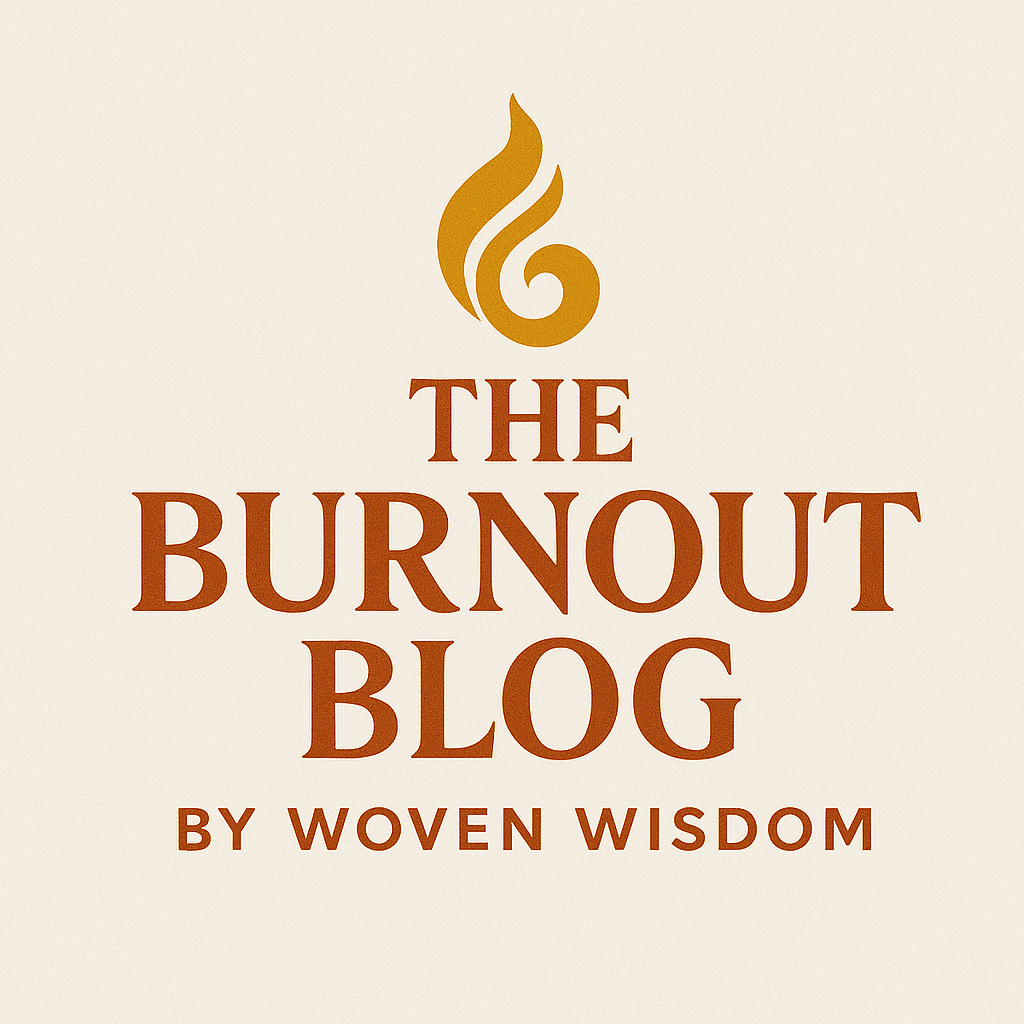
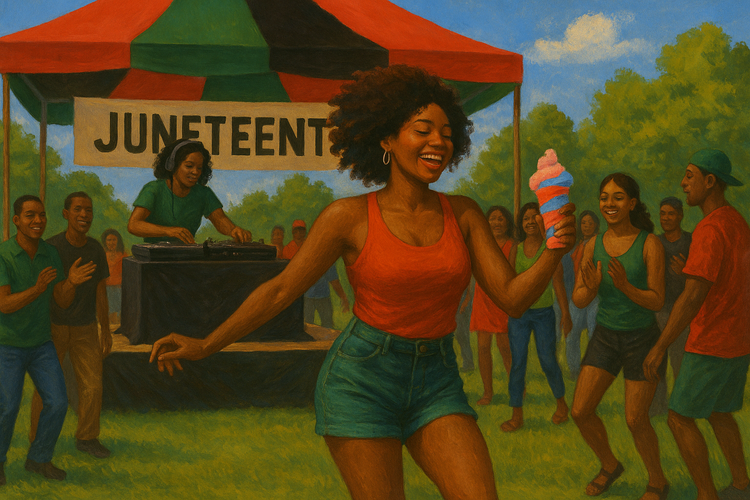
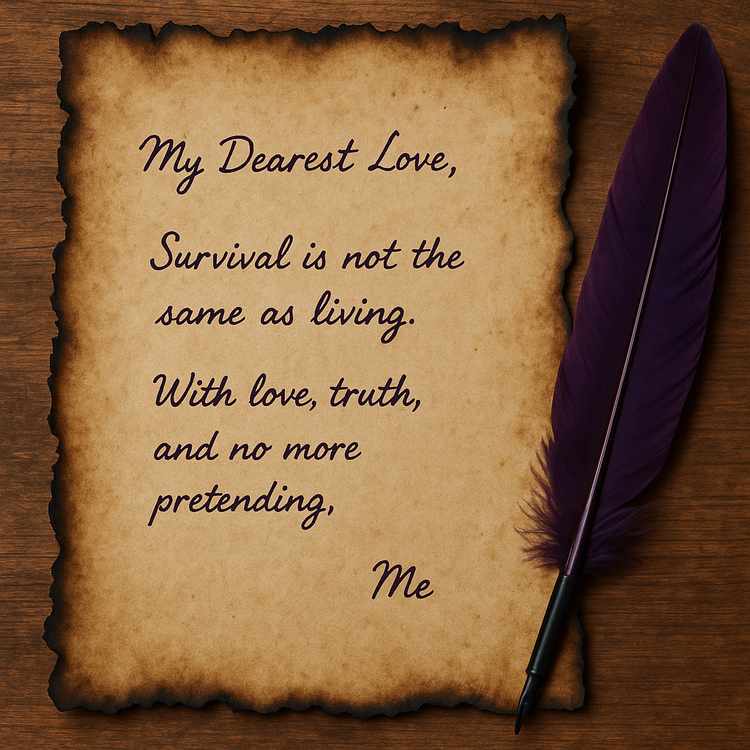
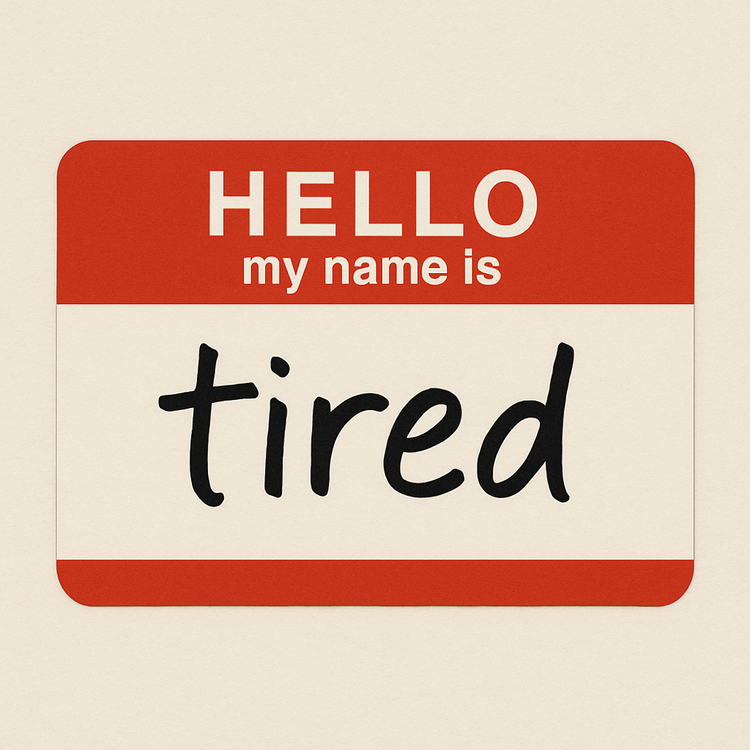
Comments ()